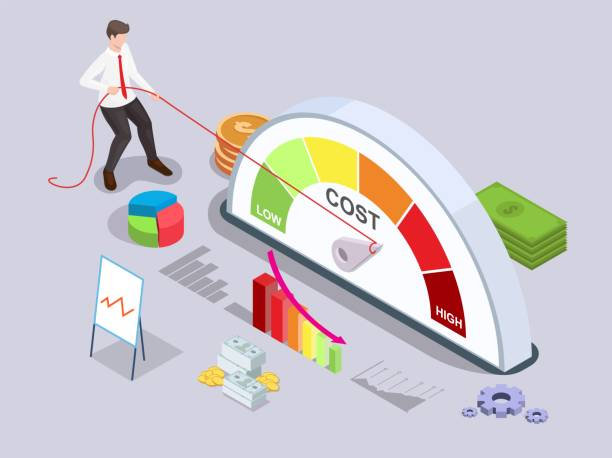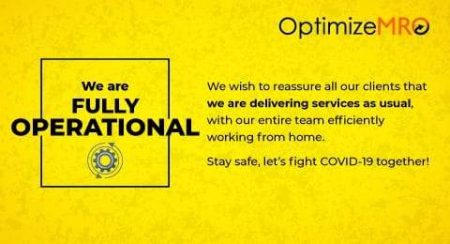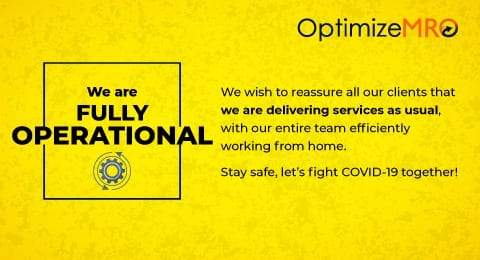
- September 20, 2022
- OptimizeMRO
PROCUREMENT
- A company engages in procurement while sourcing products (or services) from suppliers and vendors. The procedure makes sure that the purchases are high-quality, quantity-appropriate, and cost-effective, and that they come from the right source at the right time.
- For every organization involved in procuring goods and services, procurement is crucial in maximizing corporate performance. The current procure-to-pay procedures seek to reduce the cost of procurement while accelerating product development and ensuring quality. It is crucial to optimize performance throughout the supply chain, but notably during the purchase process.
- Available information resources
- Competitive market
- Customer requirements
- Cost efficiency
- Creating cost-cutting tactics for a company’s procurement procedure entails a variety of steps, such as maximizing technology and reviewing supplier contracts. Management teams can enhance operational procedures and increase their profitability by being cost-effective.
- Your overall procurement expenses should be reduced through procurement cost-saving measures. The primary objective of your purchasing process should still be to cut needless costs, even though strategic procurement involves more than just cost cutting.
- Organizations should regularly review their agreements with their third-party providers and, if necessary, adjust their payment schedules. This is crucial since market conditions, technological advancements, and economic conditions are constantly shifting, which has an impact on product sales and starting costs.
- Reevaluating inventory items or services is necessary to make sure they contribute profitably to the operation. To determine if any changes can be made to lower manufacturing or supplier costs, management teams should examine the level of client demand for a product as well as its design and packaging.
- Opportunities for additional savings may be revealed by data on sales, purchase orders, customer demand, and supplier performance. Retail managers can renegotiate the wholesale pricing with their suppliers, for instance, if metrics reveal that a shoe wear design is losing favor with customers.
- The practice of outsourcing involves buying products or services from a third party, such as a foreign supplier. Depending on the company, outsourcing may be financially advantageous because it will cut down on labor and rent costs.
- In a strategic procurement process called category management, related products are grouped together and managed as a single entity. Businesses will be able to manage their supply chain more efficiently.
- A centralized procurement approach is when all purchasing decisions are made by one department within an organization. As a result, duplicate purchases will not occur.
- The availability of materials, the total dollar amount of purchases, the percentage of product cost that is made up of materials, and the sorts of materials purchased all play a significant role in determining the importance of purchasing in any company.
- The procurement departments may better understand what they buy, how much they spend, who they buy from, and what fair market pricing is by having this knowledge. These procurement departments can effectively handle these crucial categories thanks to their insight, resulting in respectable cost reduction strategies and good supplier performance.
- Form a Group of Enthusiastic People Who Want to Improve- Establishing a team of individuals to represent the important stakeholders in your firm is the first stage in the process. Their backgrounds and viewpoints are diverse. Set your expectations at a kick-off meeting with this group. What brings them here? What do you have to say? What makes you think that changes are required? What are the results of the conference and the project? Outline the plan, and then be as specific as you can about the desired outcomes.
- Establish a Mutual Understanding of the Issue-The next stage is to gather the important parties and concentrate on the business process you wish to enhance. Walk through every specific phase of the process, determining who oversees it and, more importantly, what the obstacles, biases, and problems are.
- Sort the opportunities according to the value-Take a look at the list of opportunities and calculate how big each one is for the organization. Prioritize all the quick wins based on the amount of money that can be saved.
- Take Action on the Selected Opportunities-The next stage is to prioritize those opportunities and carry out sourcing initiatives for each once you have examined your spending and determined the areas to target for cost savings.
The following factors influence procurement strategy, procedures, and execution:
Methods to Reduce Procurement Costs
Short Term Planning
Long Term Planning
Savings Opportunities in Procurement
Steps to Identify Savings Opportunities in Procurement
Even with extremely poor data as a starting point, a procurement department can find and take advantage of cost-savings opportunities. The data that your firm will already have been the main enabler for all these phases. To assure the achievement of these savings possibilities, just the proper processes need to be established. Every discussion and step toward the larger goal should be celebrated and acknowledged, no matter how minor.
Businesses across all industries strive to lower costs and increase cash flow. Organizations can build a solid financial base by integrating both long-term and short-term cost-saving measures into a procurement.


